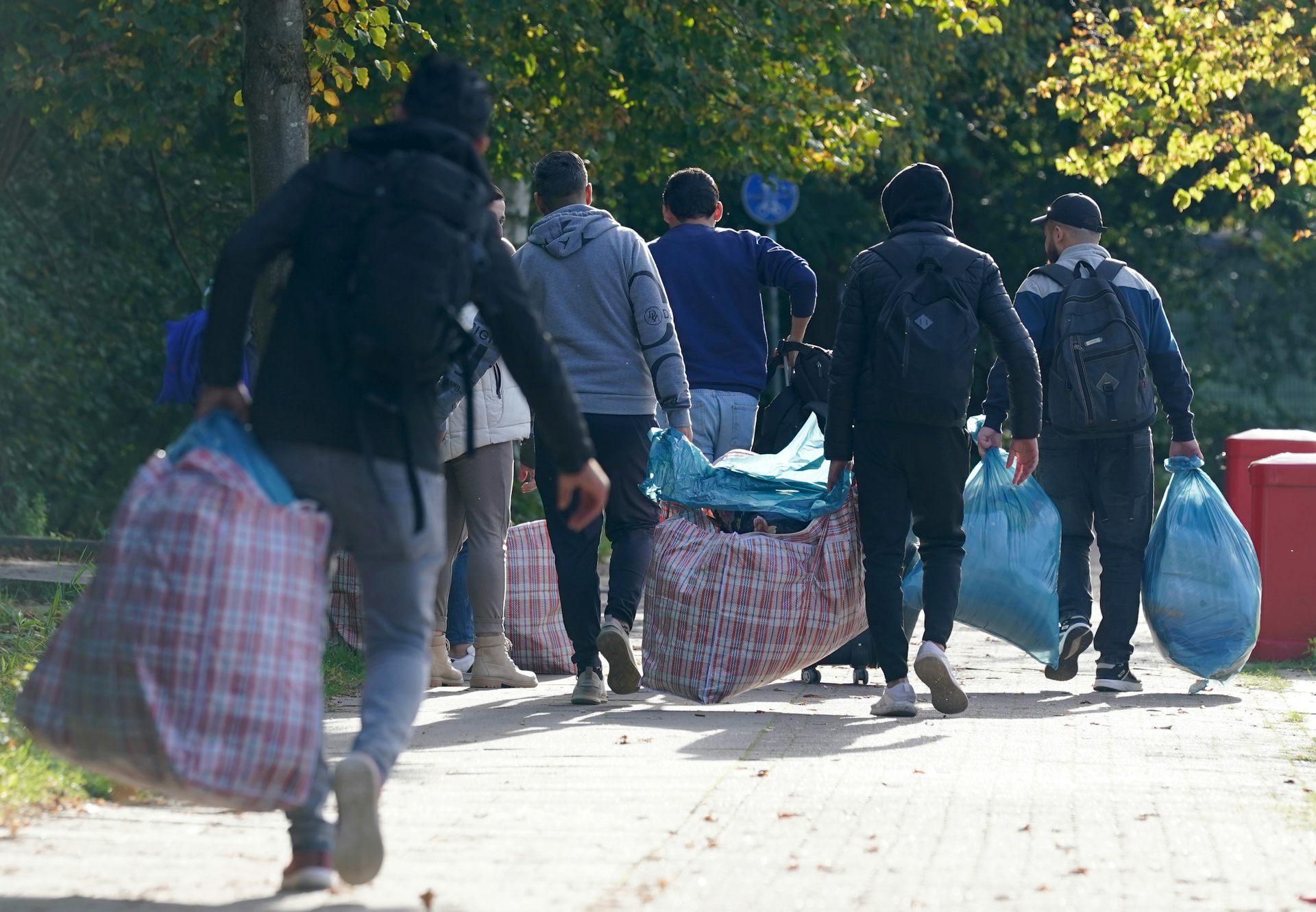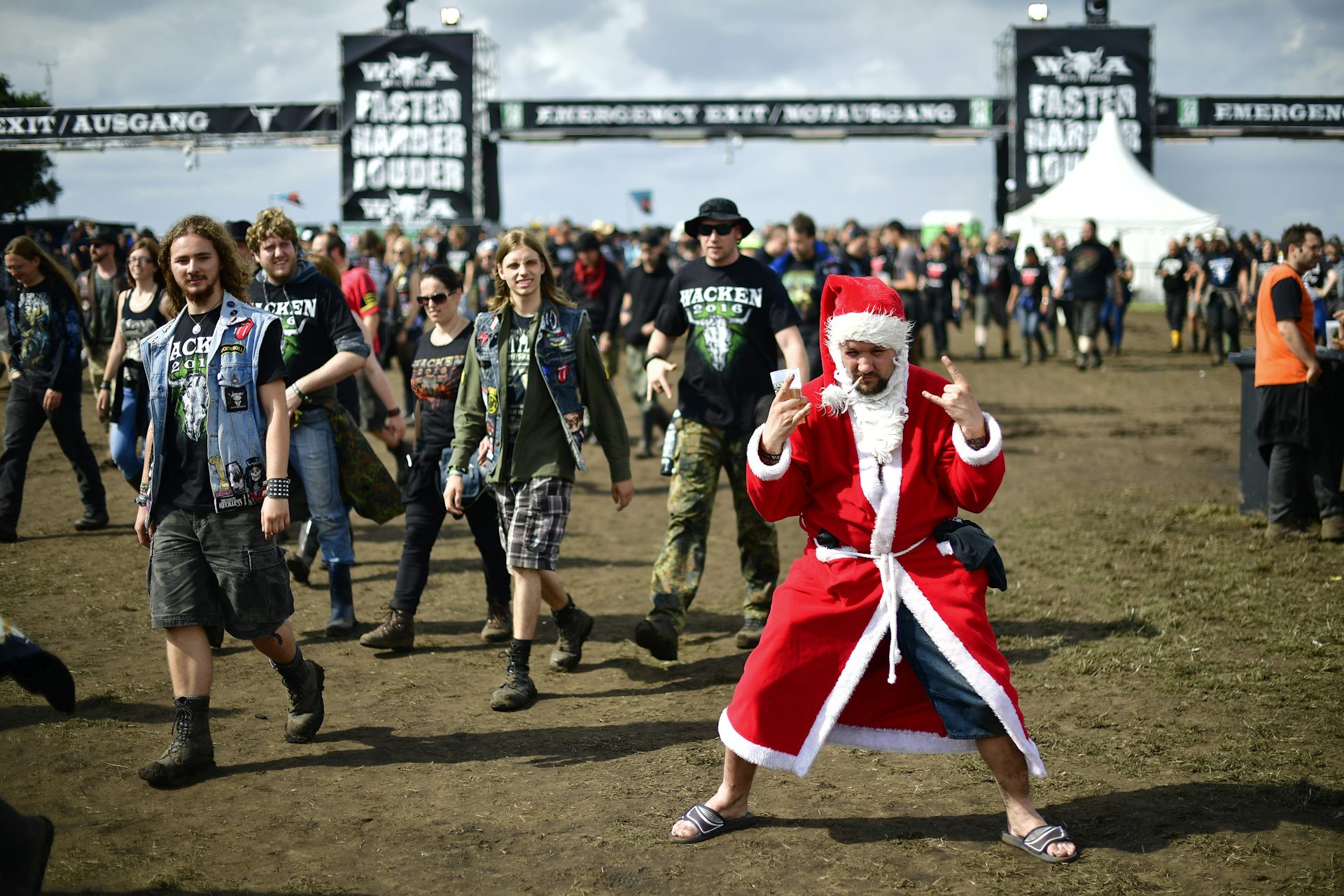Why Princess Diana conspiracies refuse to die
To succumb to conspiracy is to be human.

August 31 is the 20th anniversary of the stunning, tragic death of Princess Diana in Paris, France, when Diana’s chauffeured Mercedes hit a pillar inside an underpass just after midnight, killing her, her boyfriend, Dodi Al Fayed, and her driver, Henri Paul.
As the news quickly circulated, theories about the causes of the crash also spread, with some veering into conspiracy. Did the ruthless paparazzi, in hot pursuit of the car, cause the driver to panic? Had the royal family murdered her to avert an embarrassing marriage?
Twenty years later, these conspiracy theories still persist.
I’ve taught classes and researched the nature of conspiracy theories for over a decade, and I’m especially interested in the role of logic in these conspiracies – how it’s used to warp and concoct stories that explain extraordinary events.
In the end, our reasons for entertaining conspiracy theories about luminaries, whether it’s the princess of Wales or John F. Kennedy, often have more to do with our lives than theirs.
What people were saying
Shortly after Princess Diana’s death, numerous notions started to circulate suggesting conspiracies against her.
Some suggested that MI6, the British Secret Intelligence Service, caused the crash by blinding Diana’s driver with a strobe light. The thinking went that the royal family wanted to prevent Princess Diana from marrying her boyfriend, Fayed, the son of a prominent Egyptian billionaire. (Others say that Diana was pregnant with Dodi Fayed’s baby.)
Some have also been suspicious about the emergency response to the accident. The initial call notifying emergency services came at 12:26 a.m.; she arrived at the Pitié-Salpêtrière Hospital in Paris (3.5 miles away) at 2:06 a.m., over 90 minutes later.
Could she have been saved? Why was the response so slow?
Most of these theories were proven to be either wrong or misleading. In 2008, after a lengthy investigation, the U.K.‘s Metropolitan Police reported the death a “tragic accident,” noting that Diana’s driver had been drunk.
But even this didn’t end the intrigue.
The nature of conspiracy
I’ve found that belief in conspiracy theories is more about a refusal to accept the randomness of life and tragedy than it is about the existence of evidence (or lack thereof).

Indeed, many are drawn to what science writer Michael Shermer has termed “agenticity” – the tendency to infuse patterns with meaning and agency. It’s the idea that someone, somewhere – from God down to human conspirators – plays a role in what happens to us.
As political scientist Michael Barkun details in his book “A Culture of Conspiracy: Apocalyptic Visions in Contemporary America,” conspiracy theories usually hinge on three core beliefs:
Nothing happens by accident. For this reason, the horrible machinations of “evil” conspirators become more believable than a fluke or an accident.
Nothing is as it seems. Successful conspirators hide their identities and actions; we must, therefore, always be wary, even when there’s little reason for suspicion.
Dots can always be connected. Though conspirators attempt to hide their actions, patterns exist everywhere.
Yet many conspiracy theories routinely contradict Occam’s razor, a philosophical principle based on the idea that the more assumptions needed to explain something – whether it’s a scientific law or a conspiracy theory – the less reliable the explanation.
In short, the simpler your explanation, the better. Speculating the royal family enlisted MI6 to cause a car accident by using a strobe light in a Paris tunnel during a chaotic attempt to avoid paparazzi chasing Princess Diana – all while suppressing any video footage – would require an unbelievable level of coordination and choreography.
So, why then do the Diana conspiracies refuse to disappear?
Conspiracy trumps logic
Conspiracy theories make for interesting stories; they often involve breathtaking action, complicated plots and shadowy villains. They give us access to lives we normally never get to see.
But the drama contained in such explanations can cloud our thinking, impeding our ability to make logical conclusions that refute such conspiracy theories. We might think only others are susceptible to these “foolish” stories, but in reality, we’re persuaded just the same.
A 2008 study found that students were able to adequately assess how their classmates might be influenced by conspiracy theories about Princess Diana’s death; but they overestimated their own ability to resist being persuaded by them.
Today’s 24-hour news cycle also cultivates an opening for conspiratorial thinking. Among journalists, the race to break a story can lead to gaps or errors in reporting. We also tend to forget that as readers, many stories, especially breaking ones, are a work in progress. It can take months – even years – to ever know the full story.
People exploit gaps or inconsistencies in the coverage to construct their own conspiratorial puzzle. For example, two researchers from the University of Iowa found that reporters – especially those on social media – made errors about the 2012 Sandy Hook mass shooting in a rush to be among the first to break various developments. Alternative narratives developed as a result, which fomented the growth and spread of conspiracy theories.
Meanwhile, stories that would have never filled our newspapers or evening news segments in the past now find homes on websites and in social networks. In the quest for “eyeballs,” outlandish stories – no matter how steeped in conspiracy or conjecture – can easily gain traction.
Life isn’t logical
But perhaps the biggest reason we tend to give credence to conspiracy theories is our own mortality.
Studies have shown that many of us feel that we have little control over our own lives. This leads to something called “anomie,” a type of weariness that makes us view the world as an adversary, with people and systems out to get us. So when we interpret tragedy through a lens of conspiracy – whether it’s the death of Princess Diana or the assassination of JFK – it’s weirdly reassuring. Smaller details and nuggets of logic can get washed away in our compulsion to “connect the dots,” creating a black-and-white world of hypercompetent villains and good guys. Our worldview is reaffirmed. Everything can be explained.
To simply think of Princess Diana’s death as a “tragic accident” gives us less control over own fate. No matter how logically messy the details of a conspiracy theory might be, they do, strangely, soothe our own sense of worth and place in our world.
Derek Arnold does not work for, consult, own shares in or receive funding from any company or organization that would benefit from this article, and has disclosed no relevant affiliations beyond the academic appointment above.
Read These Next
Where the wild things thrive: Finding and protecting nature’s climate change safe havens
Protecting places that are likely to remain cool and moist as global temperatures rise can save wildlife…
Supreme Court case about ‘crisis pregnancy centers’ highlights debate over truthful advertising stan
There are some 2,500 of these centers across the United States. Many are located within a mile of an…
Coup contagion? A rash of African power grabs suggests copycats are taking note of others’ success
Since 2020, there have been 11 successful coups across Africa, and five thwarted attempts.






